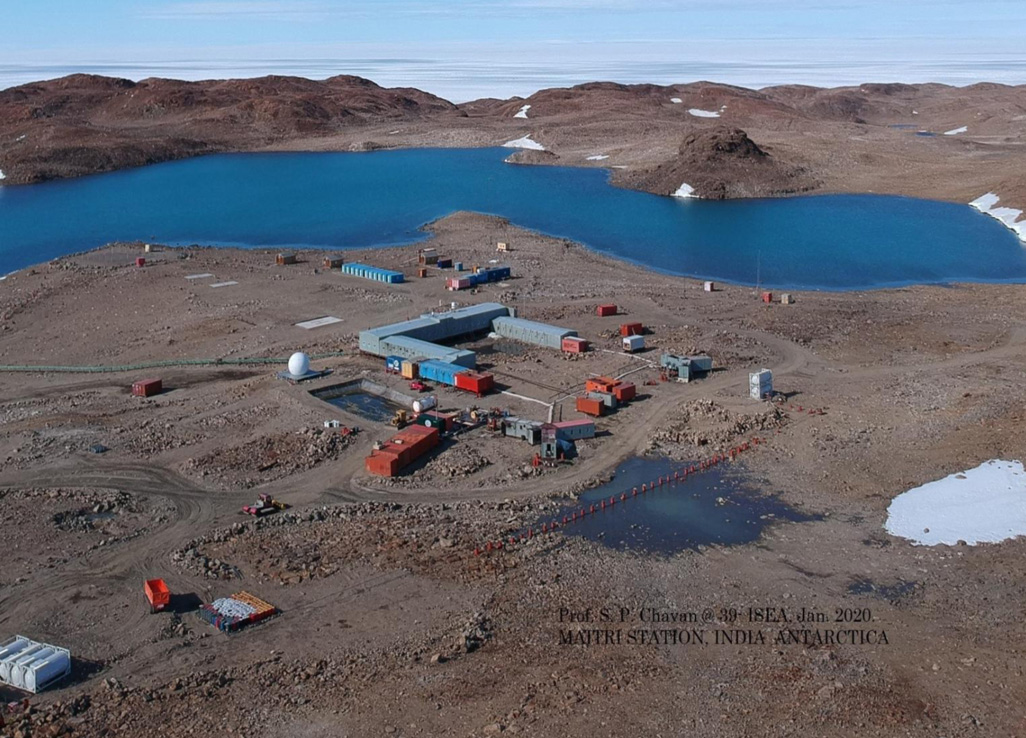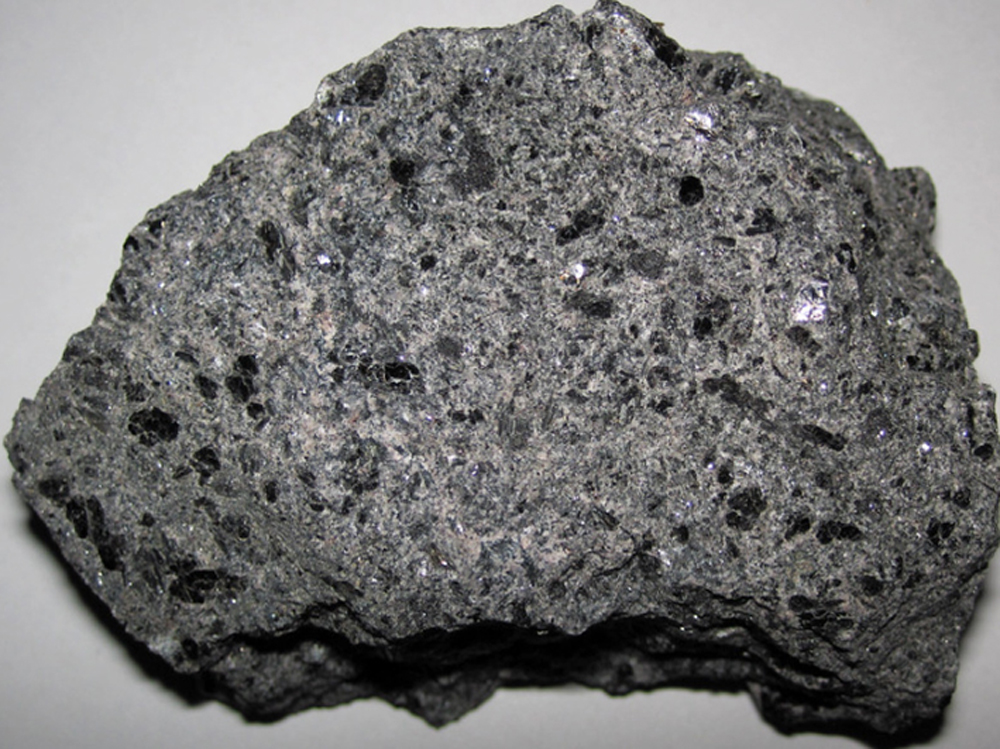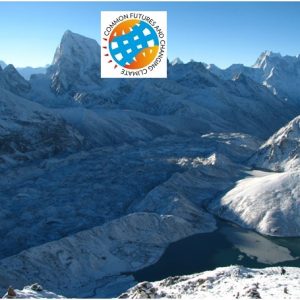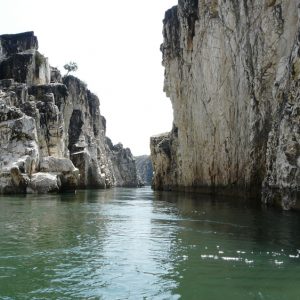Identifying Water Quality with Insects



India is set to embark on a new chapter in its Polar exploration journey with the construction of Maitri II. The Indian government plans to establish a new research station near the existing Maitri ba...
.png )
The Deep Ocean Mission (DOM), approved by the Government of India in 2021 under the Ministry of Earth Sciences (MoES), represents a strategic step in realizing Sustainable Development Goal 14 (SDG 14:...

China recently announced restrictions on the export of seven rare earth elements (REEs), soon after US President Donald Trump decided to impose tariffs. As the world's dominant supplier—responsible fo...
Testing pollution levels in natural water bodies can require a considerable amount of gear and instrumentation. However, there is another much simpler solution. Observing the species of insects that l...
<p>Other the polar regions, the Himalayas follow as the largest deposit of frozen water in the world, especially in the case of Himalayan glaciers. Himalayan glaciers make up about 17 per cent of the...
<p>In terms of geological divisions, peninsular rivers of India are generally distributed over of the Chotanagpur region, the Maharashtra region, the Chhattisgarh region, the Odisha Highland region, D...
<p>The Abounding Indian Rivers The landscape of India is plentiful in rivers, which have a massive impact on the lives of ordinary Indians. Rivers are a source of water, hydro-electricity, transporta...
Testing pollution levels in natural water bodies can require a considerable amount of gear and instrumentation. However, there is another much simpler solution. Observing the species of insects that live in natural water bodies and identifying them can reveal how polluted that particular water body is.

<p>Other the polar regions, the Himalayas follow as the largest deposit of frozen water in the world, especially in the case of Himalayan glaciers. Himalayan glaciers make up about 17 per cent of the Himalayas and about 37 per cent of the Karakoram Range.</p>

<p>In terms of geological divisions, peninsular rivers of India are generally distributed over of the Chotanagpur region, the Maharashtra region, the Chhattisgarh region, the Odisha Highland region, Dandakaranya, the Karnataka Plateau, the Andhra Plateau, the Tamil nadu Uplands and South Sahyadri, the West Coast region, and the East Coastal Plains.</p>
